The Haibike XDURO Trekking S RX, now called the Haibike XDURO Trekking 4.0, is an urban speed pedelec that’s geared towards commuting with integrated LED lights, a sturdy rear rack, and full-sized plastic fenders. The custom angular frame is designed to flex a bit for comfort with lower seat stays while providing a short nimble wheelbase for quick handling. Amazingly, it’s available in six frame sizes that are spread out across two frame styles. If you want the best power transfer and stiffest feel, consider the high-step as shown in the video. The mid-step is still going to be stiffer than a lot of the low-step frames seen on hybrid bikes but will be easier to mount and stand over for people with shorter inseams. Considering the rear rack position, you might find yourself making leg contact with a trunk bag if you swing your leg up and over from the rear on either model. For commuting purposes, this is an excellent platform. Not only does it offer Class 3 high-speed operation up to 28 mph assisted, it also provides comfort. The spring suspension (changed to air for 2017) pairs nicely with the gel saddle, riser stem, and low-rise handlebar to produce an upright feel. Note however, the high-pressure 700c tires, which deliver efficiency and rolling momentum. This is definitely a more aggressive urban commuter and the tires were swapped to wider Schwalbe Supermoto X for 2017 possibly to improve comfort. Weighing in at roughly 53 lbs for the 60 cm frame tested here, the bike distributes weight well, keeping the motor and battery low and centered on the frame. I’m a fan of the removable and forward compatible Bosch battery system and you get a Powerpack 400 here. The Trekking model offers integrated lights, a sturdy kickstand (that can bounce a little at high speed), quality grips, and powerful 180 mm hydraulic disc brakes from Magura. The quick release wheels and seat tube make it easy to setup, maintain, and transport, and the comprehensive 2-year warranty and vast dealer network worldwide give it a high resale value if you ever decide to upgrade.
Powering the XDURO Trekking electric bike is a Bosch Performance Line Speed motor capable of producing 63 Newton meters of torque. Rather than limiting speed to 20 mph as the standard Performance Line motor does, this one can peak out around 28 mph which is convenient for urban riding amongst automobiles. You will arrive at your destination sooner when using the Sport and Turbo modes of assist but will also drain the battery quicker due to wind resistance, which increases exponentially above ~20 mph. The motor freewheels, so you can pedal this bike unpowered without any drag, and the chainring is much smaller than a traditional bicycle because it spins 2.5 times per every crank arm revolution. There certainly a small amount of drag produced in this conversion but the smaller ring provides better chain grab and narrow-wide teeth fit snugly between the chain links to reduce drops. When the motor is active, this ring can start and stop very quickly. The 20 tooth sprocket is roughly equivalent to a standard 50 tooth chainring and pairs with a mid-level 10 speed cassette and Shimano Deore derailleur. This is a good range for the speed on offer so you won’t feel outpaced by the motor. All Bosch Performance Line motors offer shift detection and receive ongoing updates that dealers can download and install for you, which results in less drivetrain wear and an ever-improving experience. The motor on the Trekking S RX shown here protrudes a bit more than the Trekking 4.0 which is angled up and built into the downtube a bit more.
Similar styling improvements have been made for the battery interface which cups and partially surrounds the 2017 model. Haibike calls this “step-in battery concept” and it does look beautiful. I wonder how much weight the additional Aluminum plating and high-volume tires add on the latest model? At roughly 53 lbs, the Trekking S RX can become lighter if you move to a tubeless tire setup. The battery pack only weighs ~5.4 lbs and the interface is forward compatible so you could get the Powerpack 500 at some point down the line and have it work just fine. That pack weighs ~5.7 lbs but offers 25% more capacity which could be useful for commuting and high-speed riding. Both packs have an LED charge level indicator built into the left side and can be charged on or off the bike. I appreciate the looped handle piece at the top of the pack and secure locking core for protecting it on your bike if left outside. The included charger, also made by Bosch, offers 4 Amp output vs. just 2 Amps on most e-bike chargers I see. It’s relatively lightweight at under 2 lbs and compact enough that it would fit into a trunk bag or panniers easily.
Operating and controlling the ebike systems is a seamless and intuitive experience, even while riding. Simply charge and mount the battery, then press the power button at the lower left corner of the display panel. This brings the screen to life showing your current speed large and center. Above this is a battery charge level infographic with five tick marks. To the right, you’ll find an assist level readout with off, Eco, Tour, Sport, and Turbo. I tend to ride in Tour most frequently because it balances efficiency and range well, the occasional jump to Sport or Turbo will feel zippy and let you dash along with traffic or race through a straight section of pathway. Simply click up or down on the plastic button pad mounted near the left grip. This pad is within reach so that you can steer and brake unimpeded and it produces a tactile click with each press so that you can sense what’s going on without looking down at the display. The Intuvia display is faintly backlit for use in early morning or evening low-lighting conditions and can be swiveled front to back in order to reduce glare. It’s one of my favorite displays because of the styling, large display, and integrated Micro-USB port for use with a smartphone, GPS device, or other portable electronics.
I apologize for the delay in this review, the 2017 Haibike XDURO Trekking 4.0 is now available and offers some nice improvements to the Trekking S RX at roughly the same pricepoint. Both models are setup for a similar sporty-commuter experience and look great… although the Trekking 4.0 has an edge with the tighter motor and battery integration. Many shops will offer a discount on last-season products and I have found that Haibike sometimes releases new models later in the year and can have inventory stalls in the US. I enjoyed seeing this model with Chris at Propel Bikes in Brooklyn and found that it peformed well, even on the rough streets. The complaints I have include a bouncy kickstand that can produce a bit of noise at speed (though I still love this stand), a bit of motor whine at higher RPM riding, and the lack of bottle cage bosses on the seat tube. This last point may have to do with frame strength or sizing issues. The larger 60 mm frame I was on seemed to have room but the smaller sizes and mid-step design might not. Given the rear rack, there’s plenty of opportunities to use a trunk bag with bottle holster like this. If you tend to ride long distance or find that the higher speed is uncomfortable, consider adding a seat post suspension like this, but note that it will raise your minimum saddle height and could make mounting / dismounting a bit more precarious.
Pros:
- Available in six frame sizes spread between two distinct frame designs, a traditional high-step and lower step-thru model, both are fairly active and sporty but should accommodate a wide range of rider body types
- Wide range of gears, 10-speed Shimano Deore with a 20 tooth chainring, custom tuned for high-speed riding, you should be able to pedal comfortably up to ~28 mph
- Reflective sidewall stripes illuminate the bike from both sides and keep you visible to automobiles, the backlight is tucked beneath the rack so trunk bags and panniers won’t obstruct it, the headlight can be aimed, it points where you steer, and is color matched to the frame, both lights run off the main battery pack for convenience and theft deterrence
- Stylized angular frame follows the Haibike look, lower seat stays and shorter wheelbase offer comfortable but nimble handling, sloped top tube lowers the stand over height for easier dismounts
- SKS plastic fenders keep you dry and clean, the rear fender connects to the cargo rack for strength and reduced vibration / noise
- Large adjustable kickstand keeps the bike upright, it’s rear-mounted with plenty of space for the left crank arm to turn when parked or backing up
- Both the display panel and battery can be quickly removed for safe keeping and off-bike charging, the battery mount interface is forward compatible with the larger Bosch Powerpack 500
- You can charge or maintain portable electronic devices while riding with the Micro-USB port on the right edge of the Bosch Intuvia display panel, it offers 5 volts at 500 milliamps
- High-pressure Schwalbe Energizer Pro tires can be converted to tubeless to reduce weight, overall weight of ~53 lbs is good considering the fenders and sturdy rear rack, built-in puncture protection RaceGuard liner
- Most shifter, brake, and electronic cabling is internally routed to reduce snags, improve overall aesthetic, and make rack mounting easier, note the large rectangular plastic hole covers that make maintenance easier but keep cables clean entering and exiting the frame
- At highs speed it’s nice to have a suspension fork and this one offers 65 mm travel and lockout, the Selle Royale gel saddle feels good and you could swap in a 31.6 mm suspension seat post for enhanced back and neck support (note that it will raise the minimum saddle height ~3 inches)
- The Bosch drive system and controller offer shift detection to reduce drivetrain wear and provide some of the fastest response time for motor activation and cutoff that I have tested, it can operate at 120 RPM for higher cadence riding whereas some other systems cut out at 100 RPM
- Powerful hydraulic disc brakes from Magura with large 180 mm rotors for smooth stops, adjustable reach levers fit small and large hands comfortably
- Handsome neoprene slap guard, flick bell and locking grips, quick release wheels for easy maintenance and portability, fast and compact 4 Amp charger
- The body position on this bike isn’t as aggressive as a traditional road bike or sport commuter, Haibike includes some risers, a steeper angled stem, and riser bars to produce a more upright body position and relax your back and neck
Cons:
- The Bosch Performance Line motors produce a bit more noise, kind of a high pitched hum, when operating at full power or high RPM, you notice it more on smooth quiet roads
- I like the alloy chainring protector but it doesn’t offer as much protection for your pants or dress as a full chain cover would
- Originally priced at ~$4,500 this w asone of the more expensive electric bikes, it does offer high performance and great hardware but you pay for the brand, the dealer network, and the solid warranty, the 2017 model is priced similarly and you can usually get prior year model on sale from dealers for slightly less
- Quick release is great if you don’t have to leave your bike parked outside at a rack all day, if you plan on commuting with the Haibike XDURO Trekking S RX then consider swapping the skewers, seat tube clamp, and headset with Pinhead hardware like this or something similar
- The model shown in the photographs and video review above is a 2016 but the 2017 is very similar and has been upgraded with a thru-axle in the front for tighter handling and strength at high-speed
- It really seems like there was room to add a bottle cage mounting point on the seat tube with this bike… I’m not sure why the skipped it? Even if you don’t put a water bottle there, it can be useful for mini pumps and folding locks etc.
- The newer XDURO Trekking 4.0 has a nicer motor and battery integration, notice how the motor here is a bit rounded and sort of sticks forward and the battery is just hanging on the downtube vs. being cupped or partially integrated
- At higher speed, the kickstand bounces a bit when riding over cracks and medium-sized bumps, you can hear it knocking and jittering a bit in the video review around 20:55
- The rear rack uses oversized tubing which means that standard clip-on panniers won’t work or will need to have the clips replaced with 20 mm hardware like this, also, in the United States it seems like there are very few accessories available for use with the CarryMore slide in system
- Many owners have reported that the front light can fall off easily and will dangle next to the fender, it sounds like the hardware just comes loose, consider using LocTite or just keeping a close eye on this part
- The lights are wonderful but as with many integrated rear lights, there isn’t a flash mode, some owners have opted for aftermarket lights to generate more attention with flash
Resources:
- Official Site: http://www.haibikeusa.com/
- More Pictures: https://goo.gl/photos/4jjgTWUFVynhmwRx6

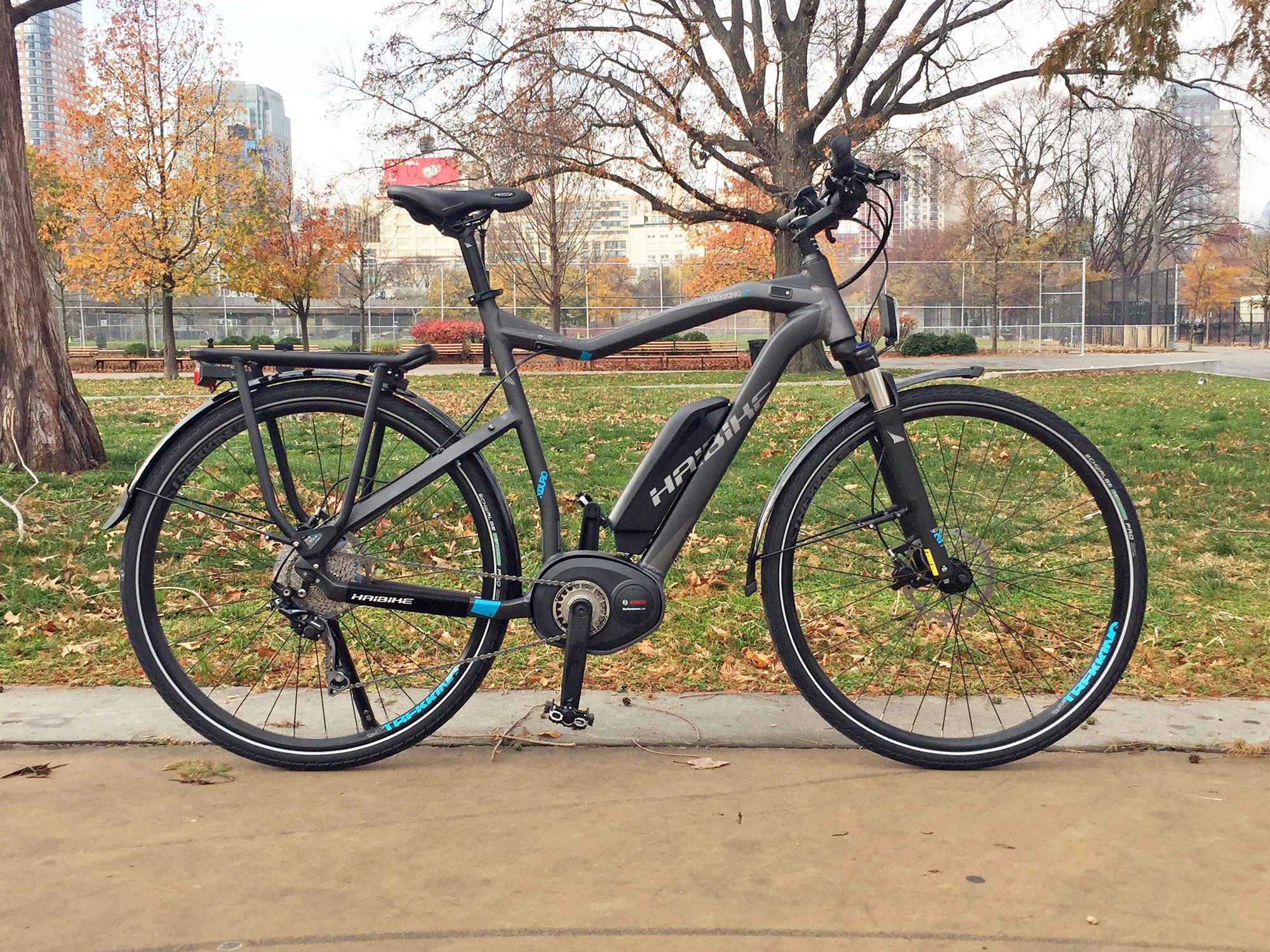
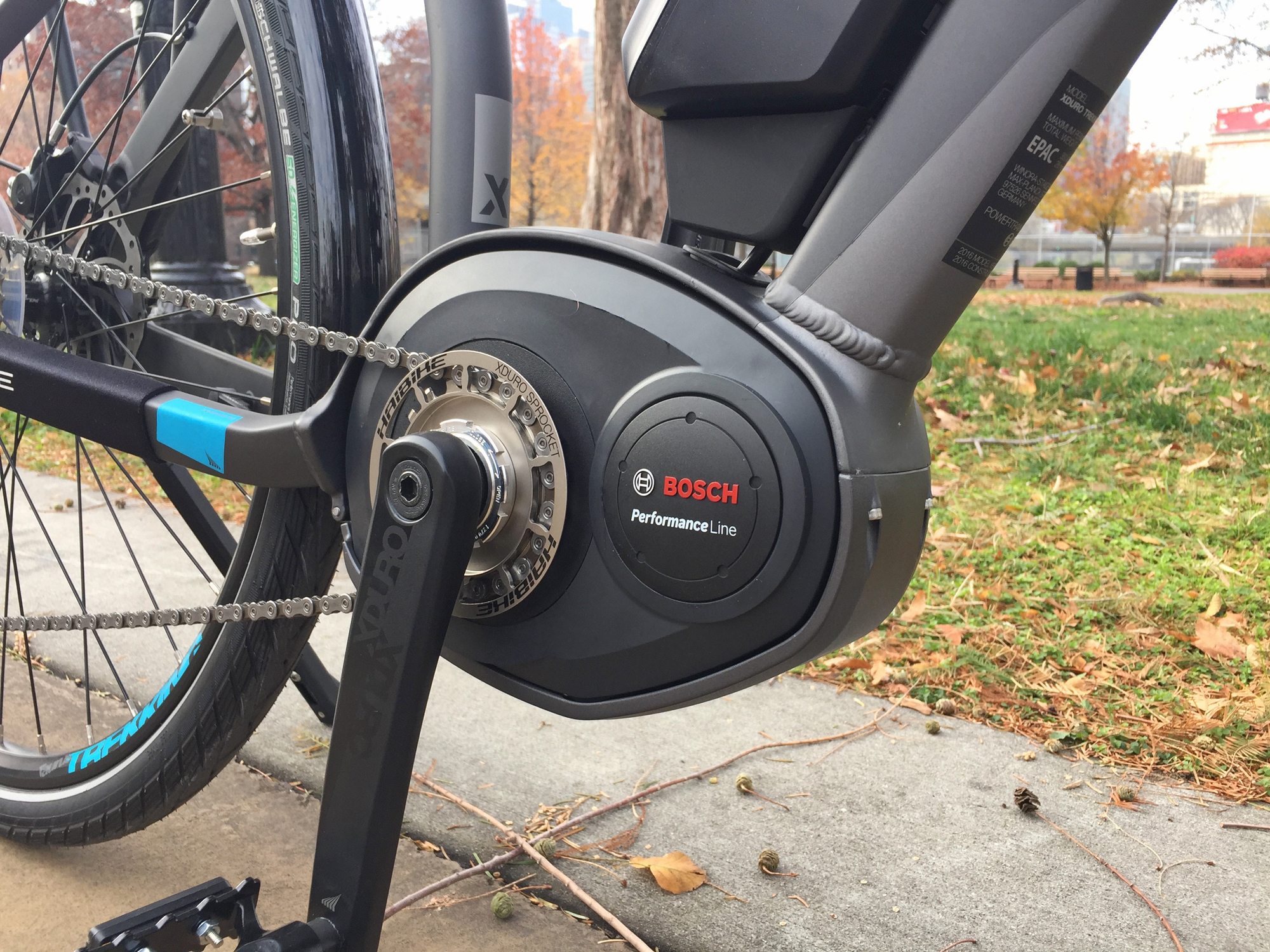
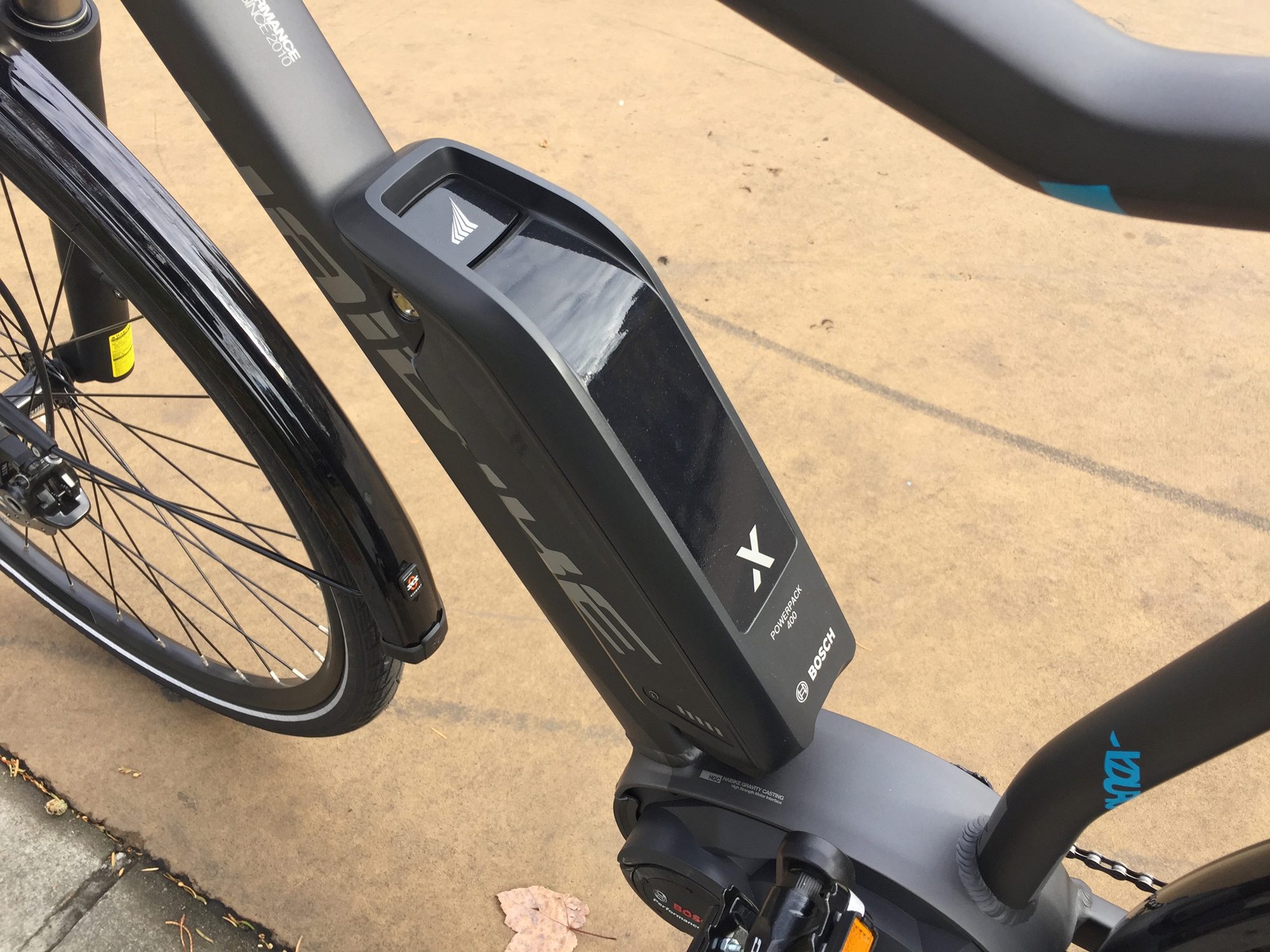
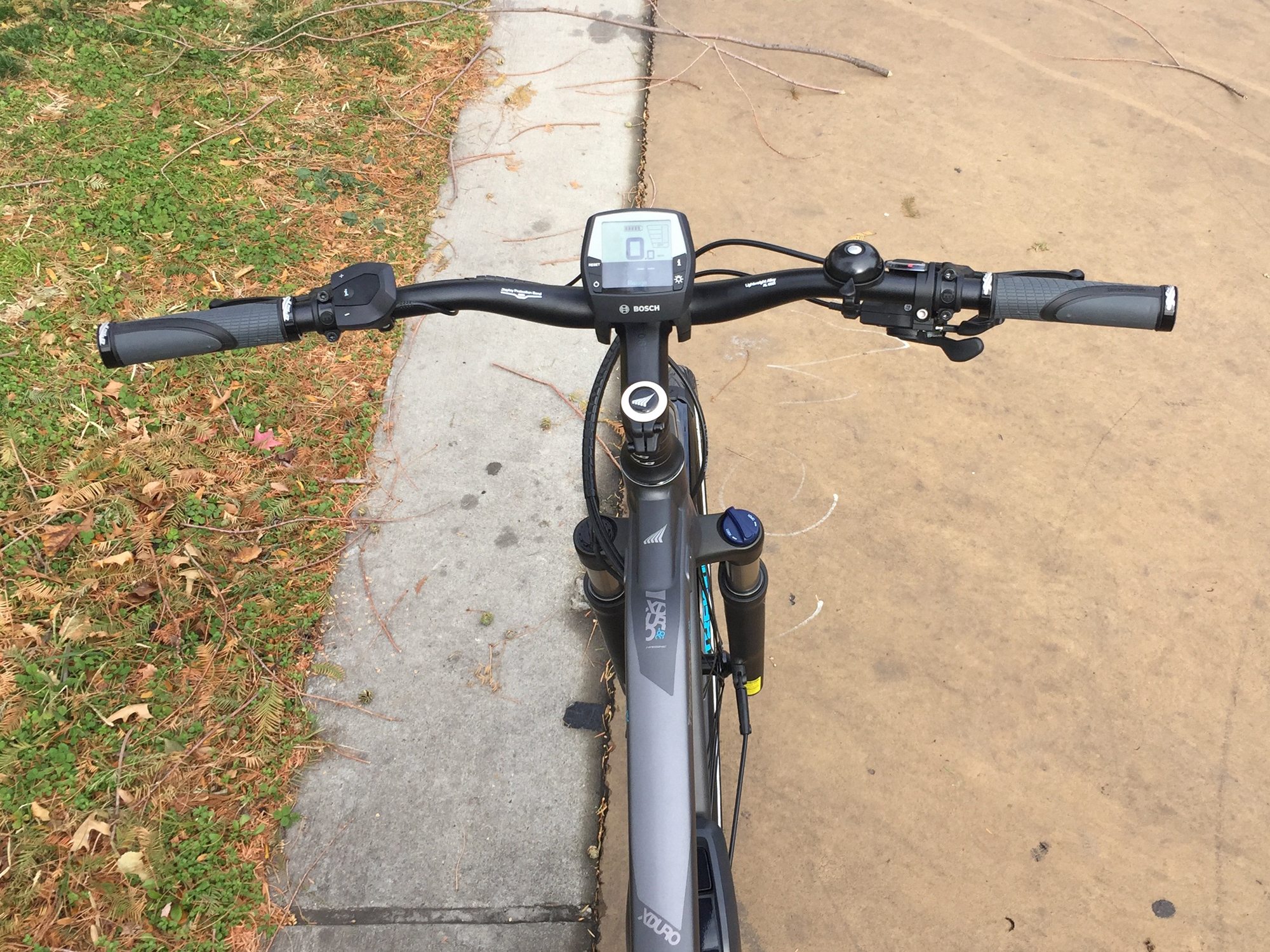
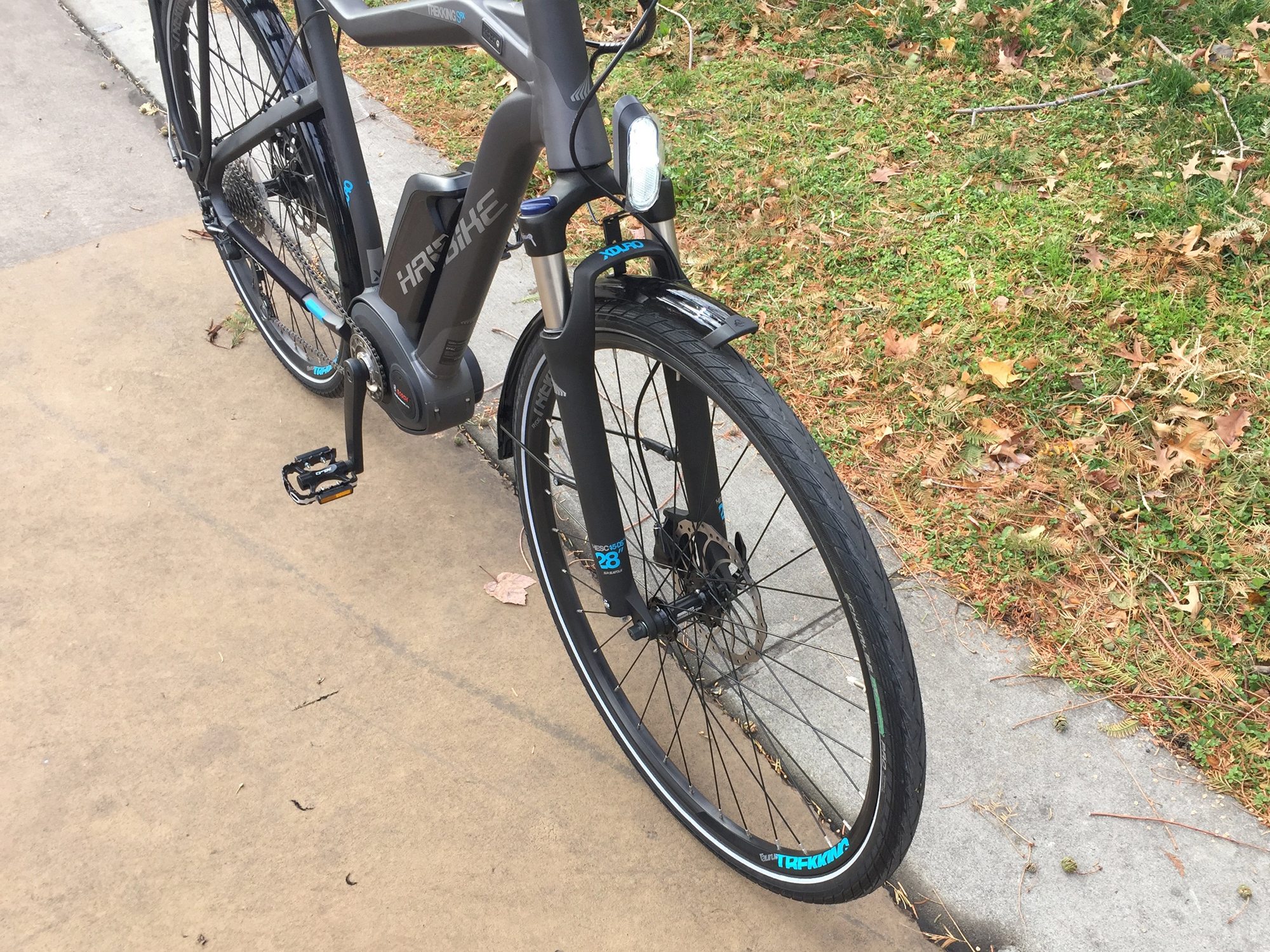

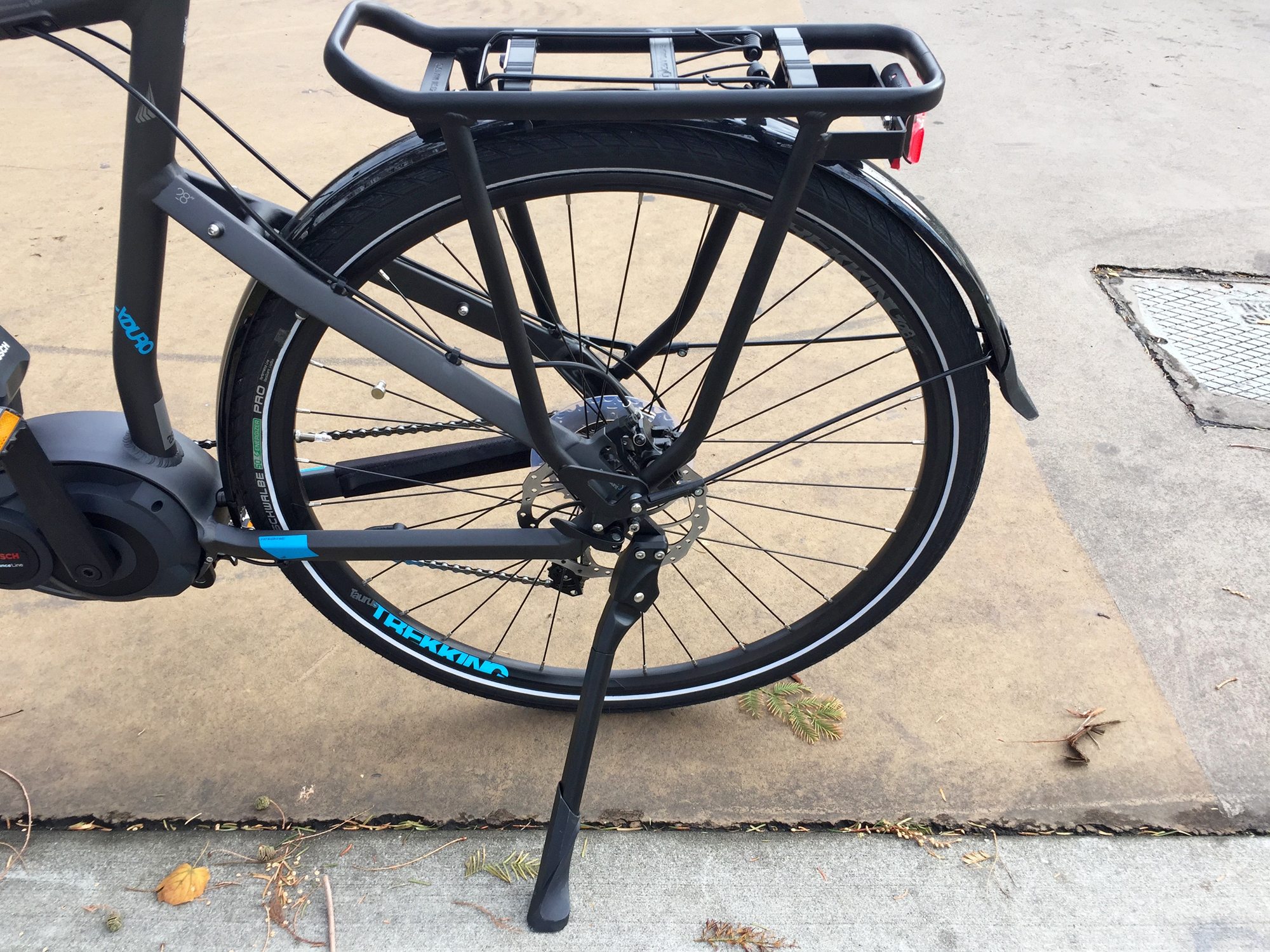
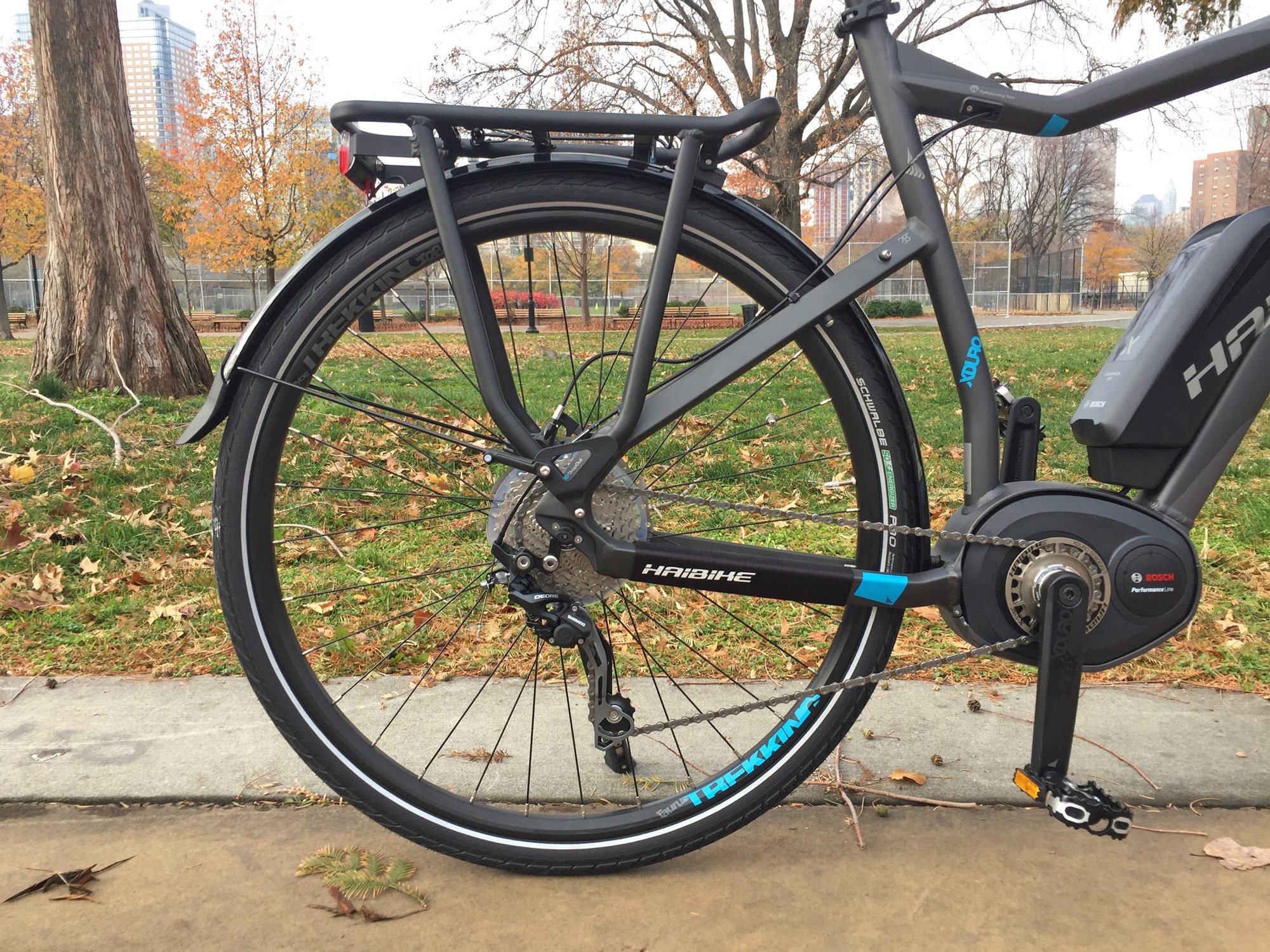
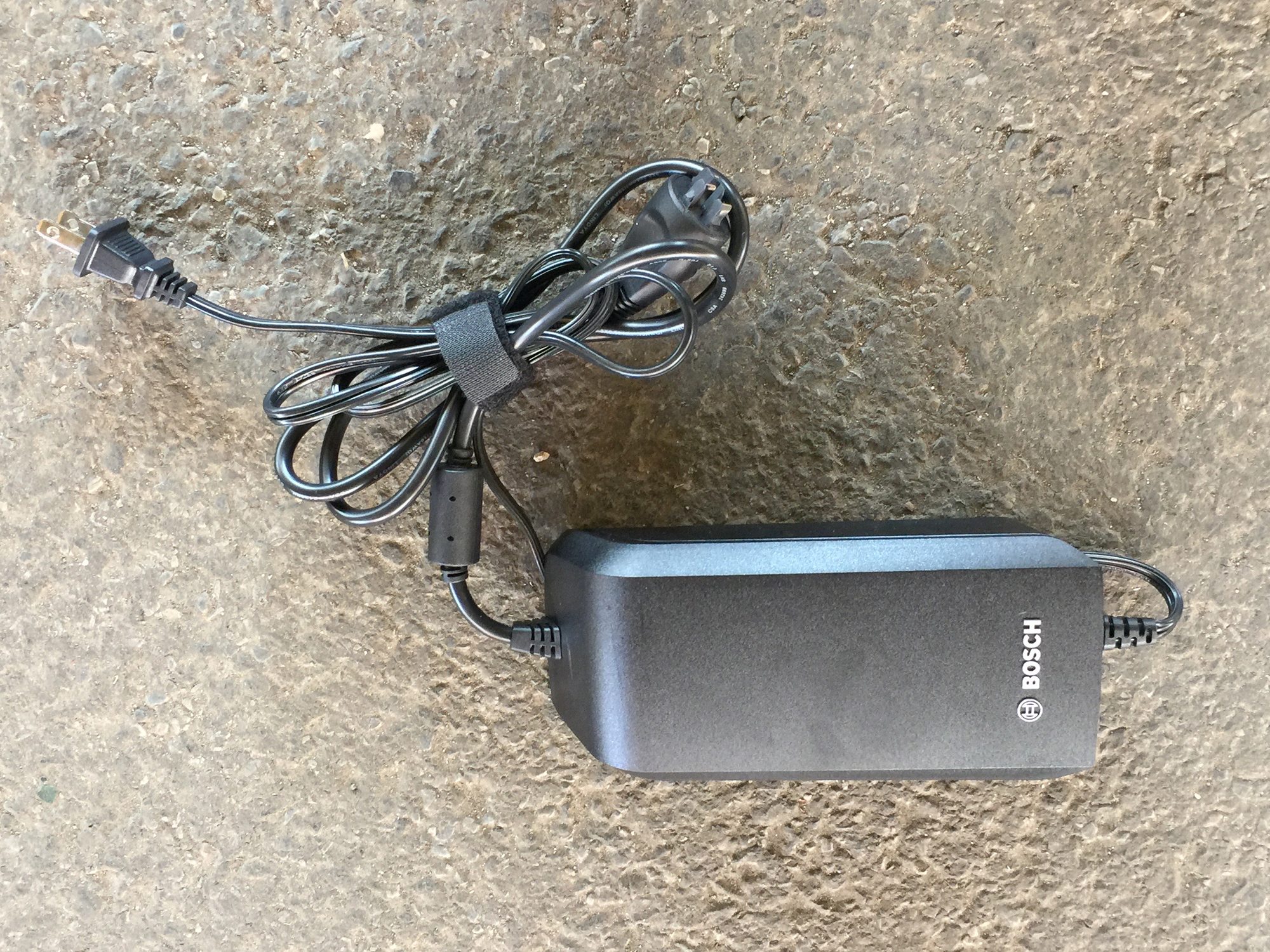

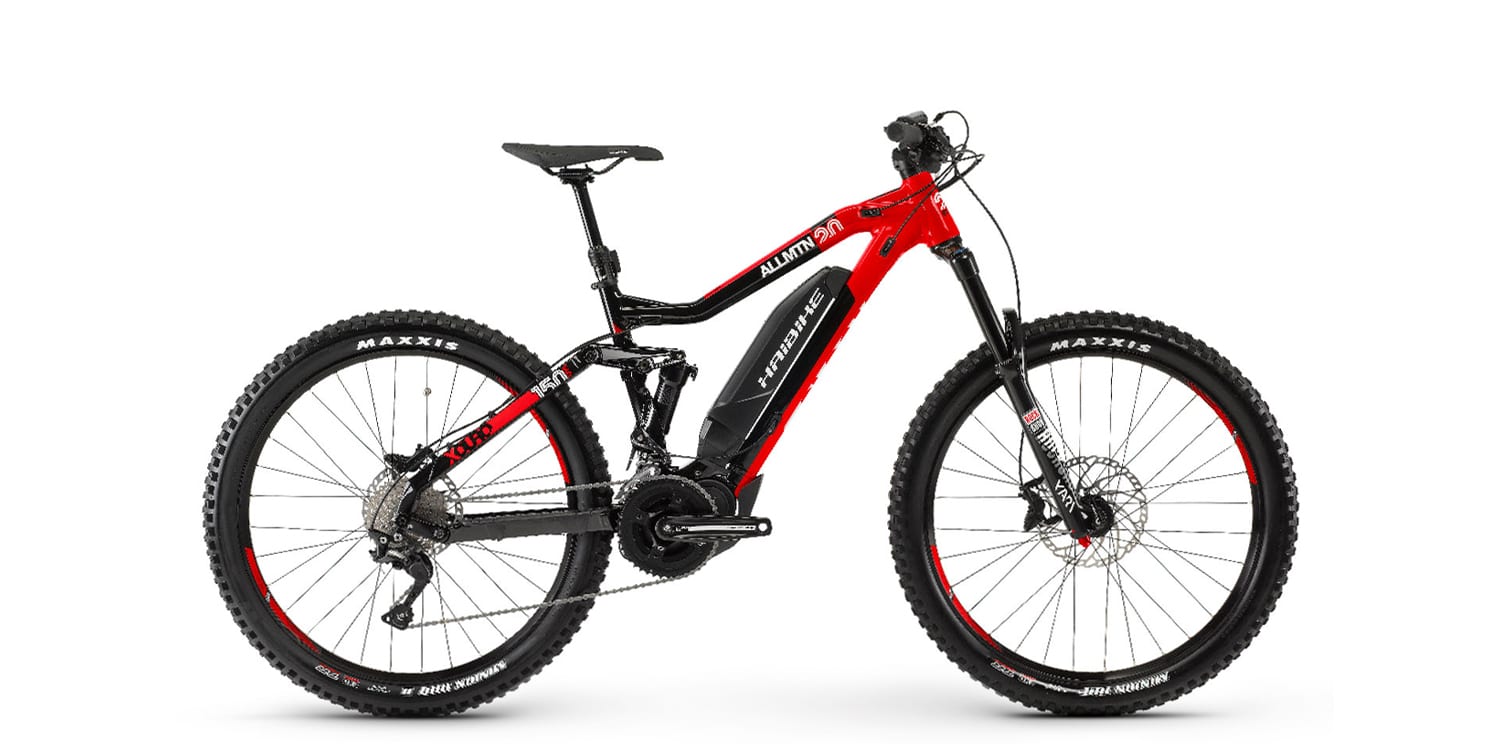
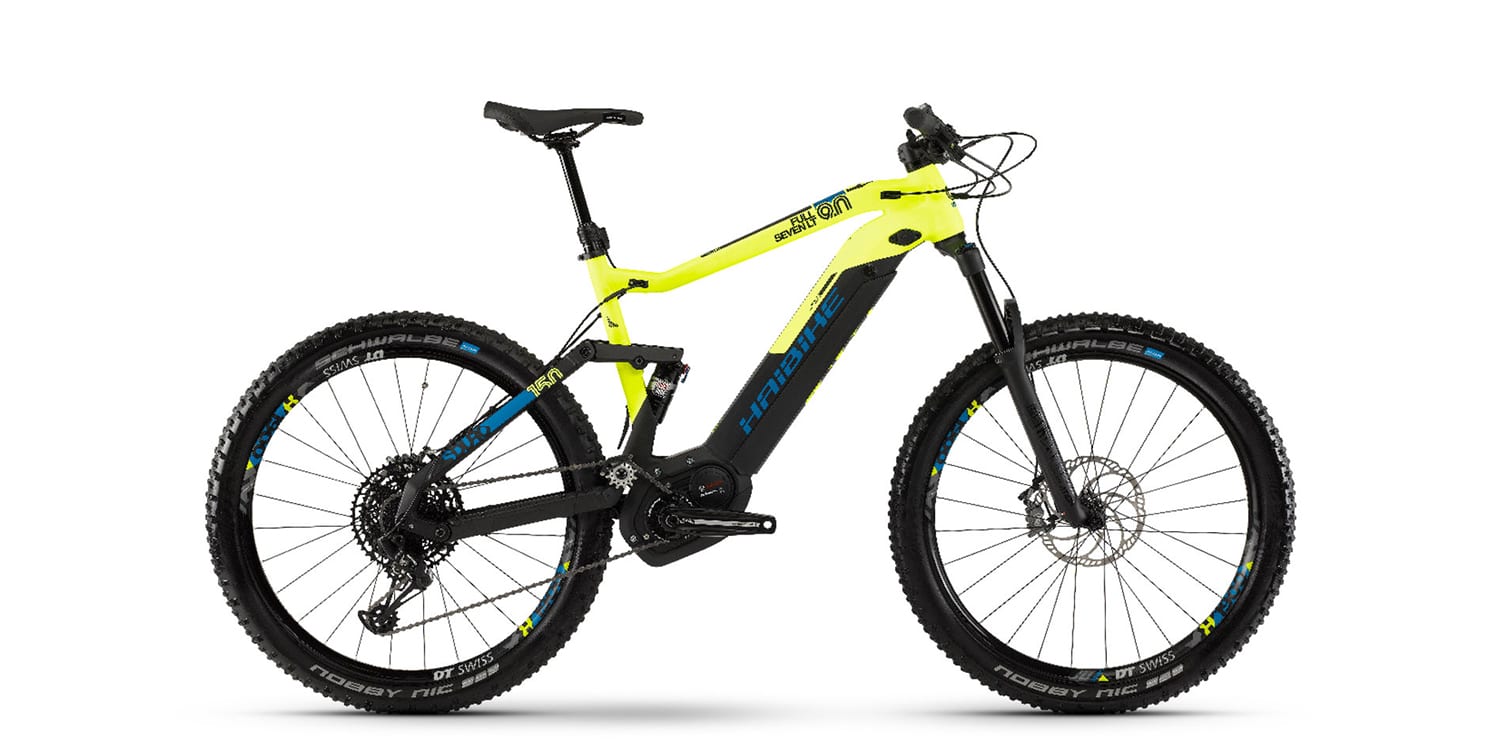
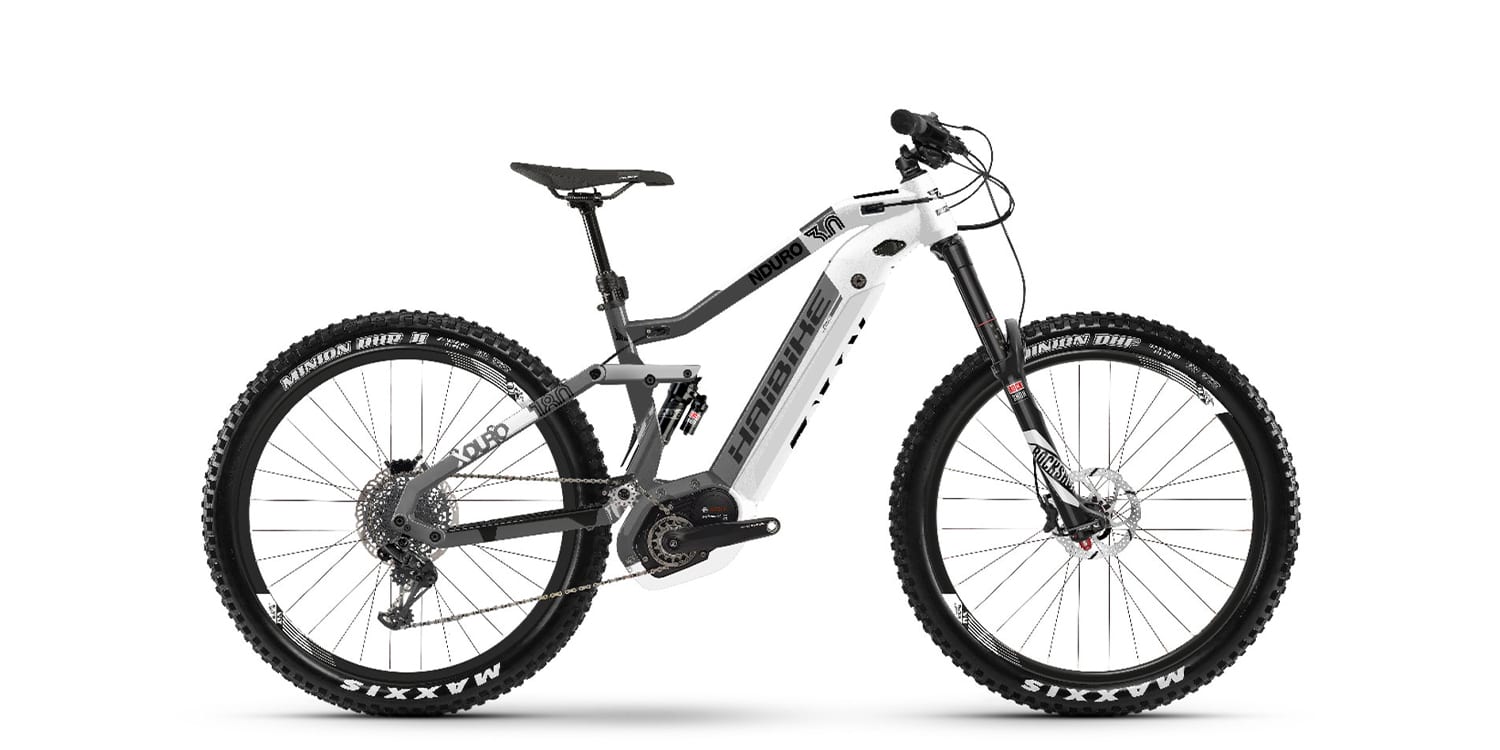
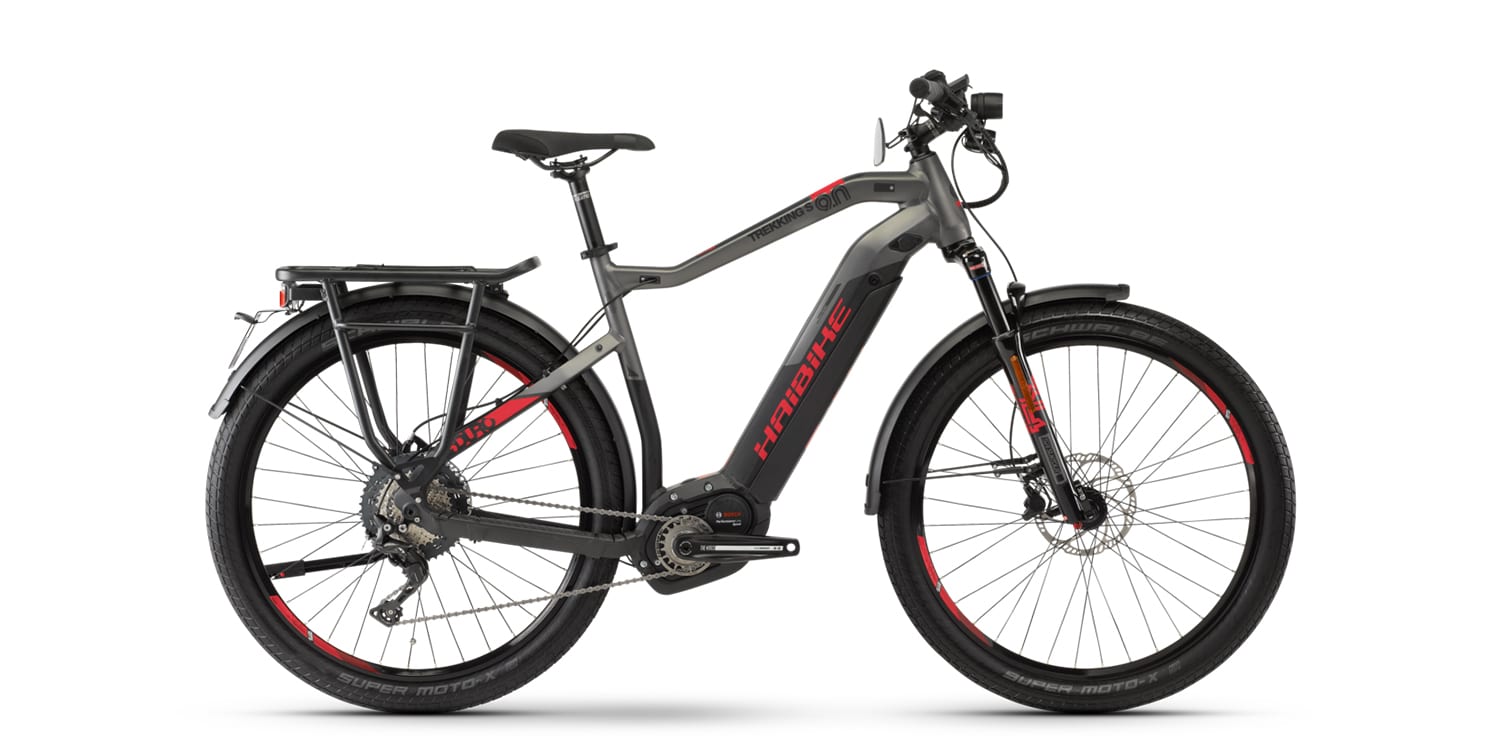
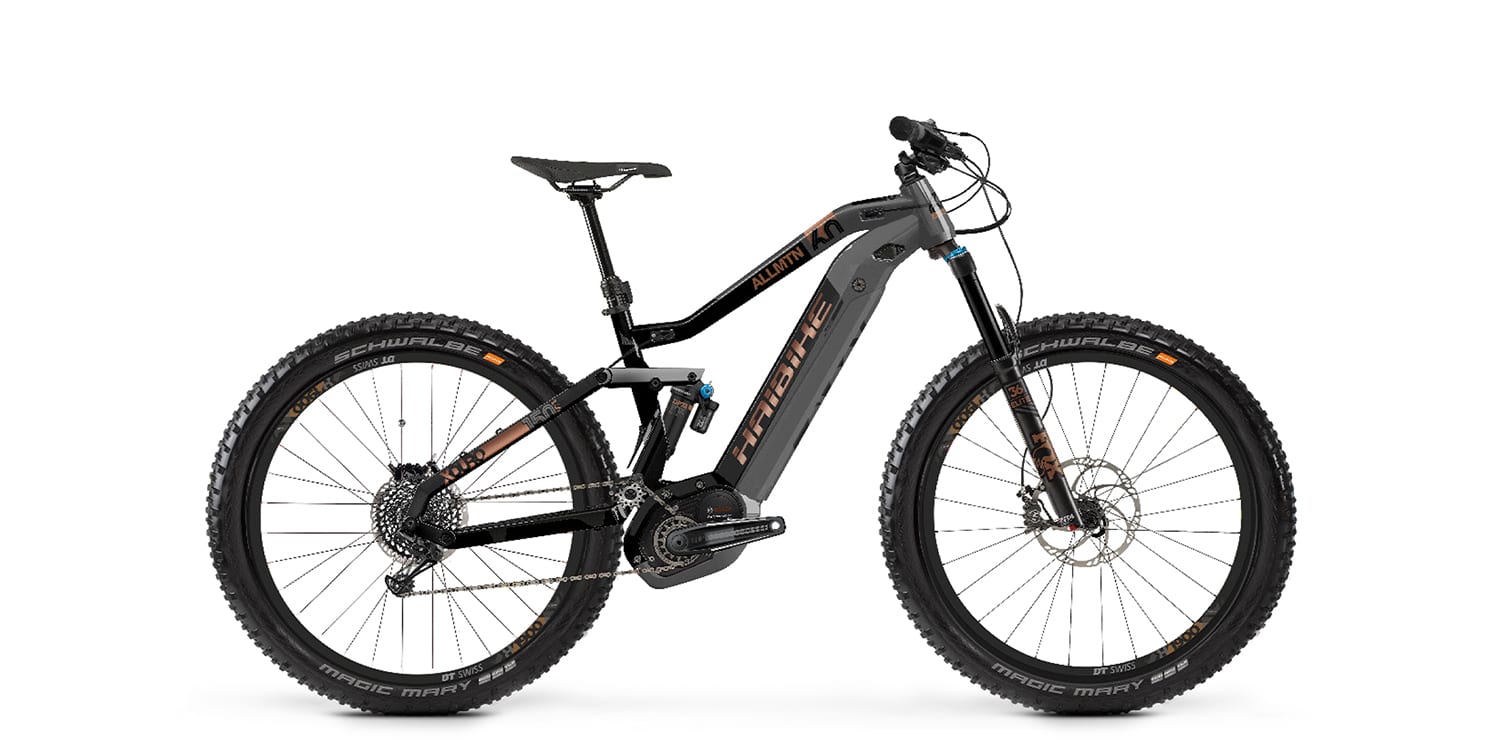
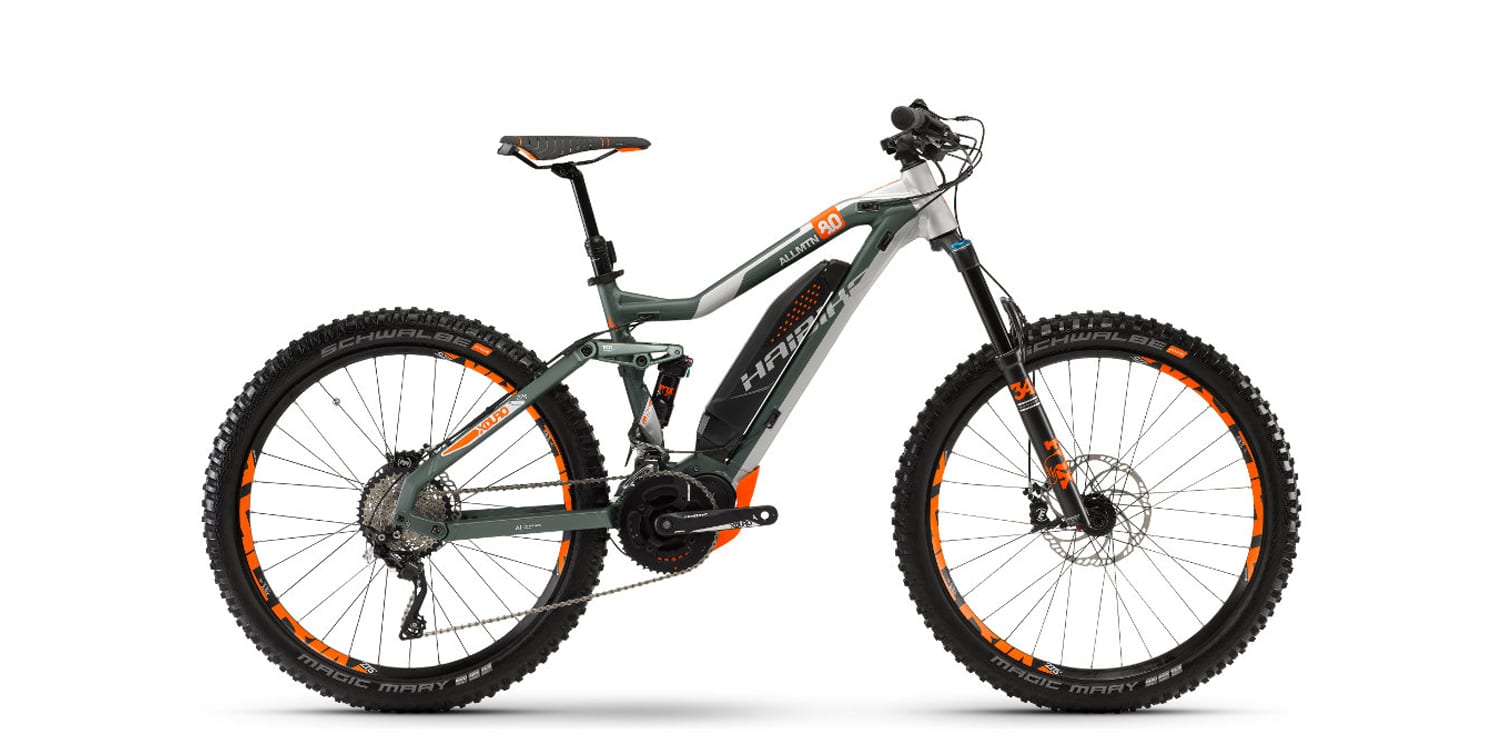
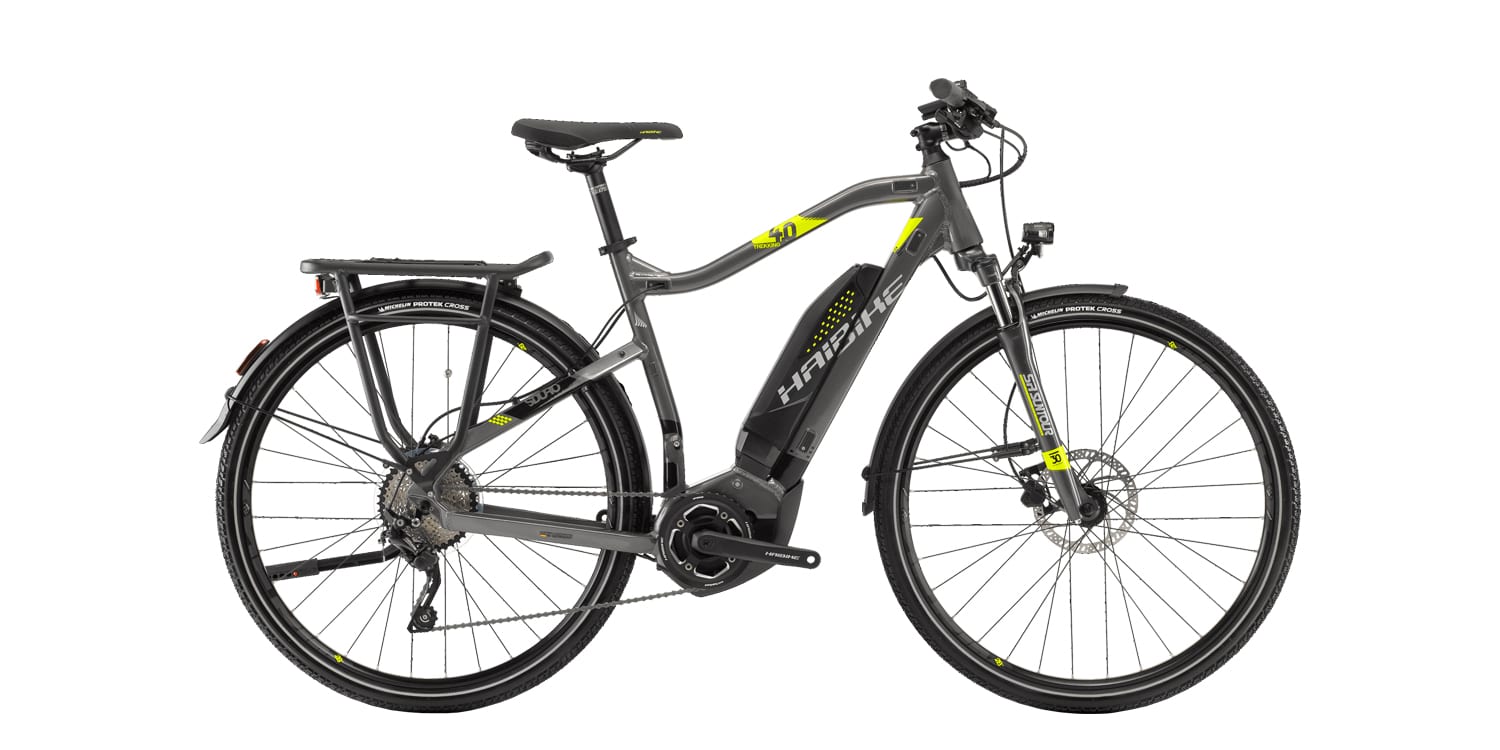
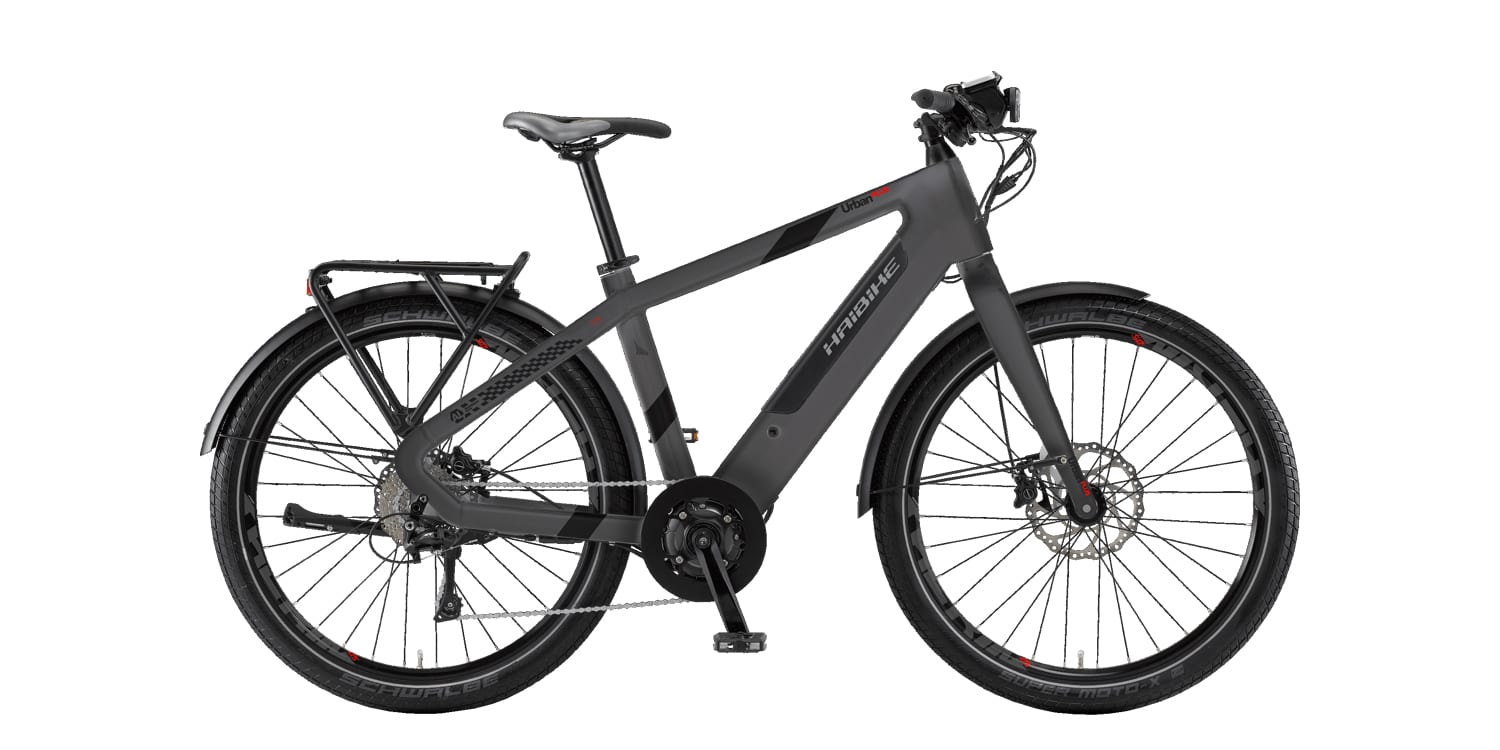
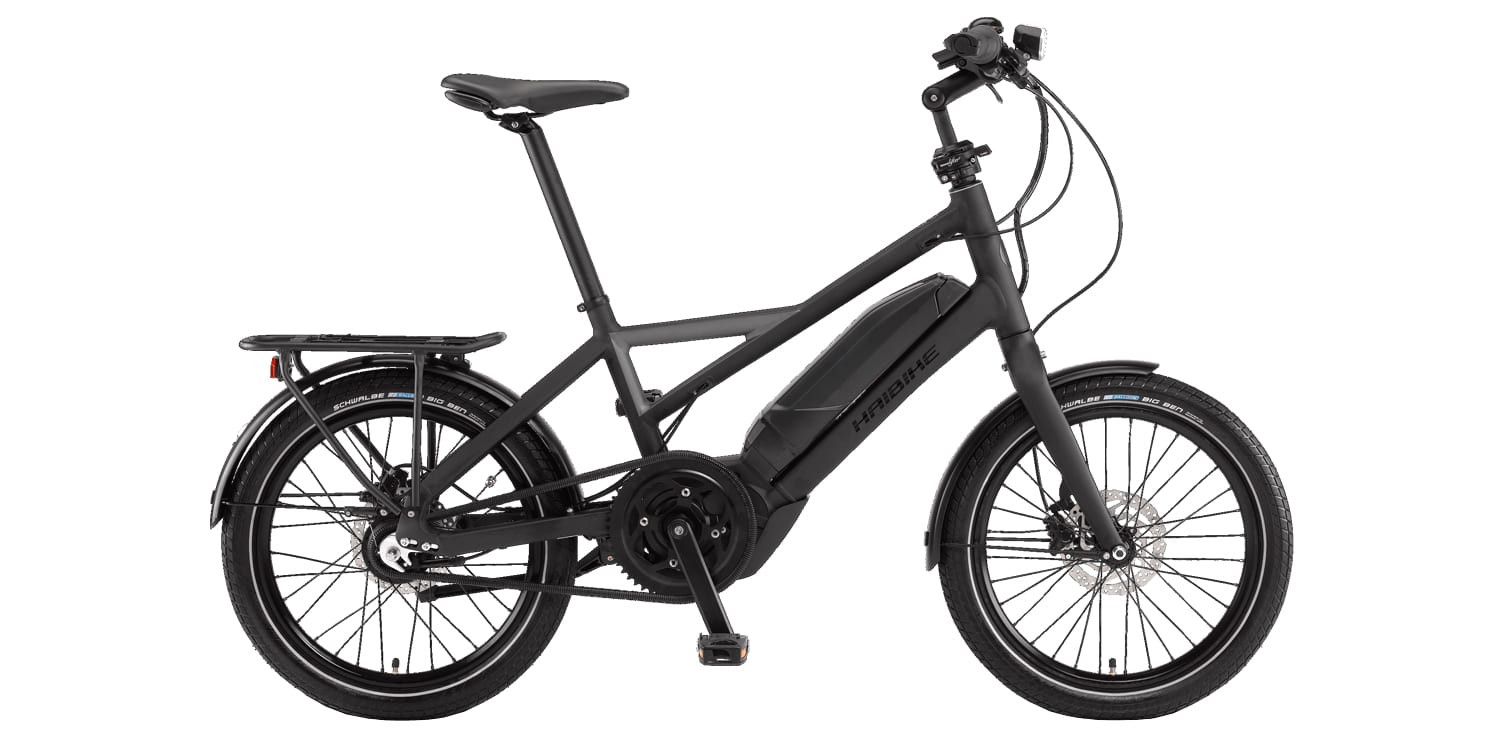
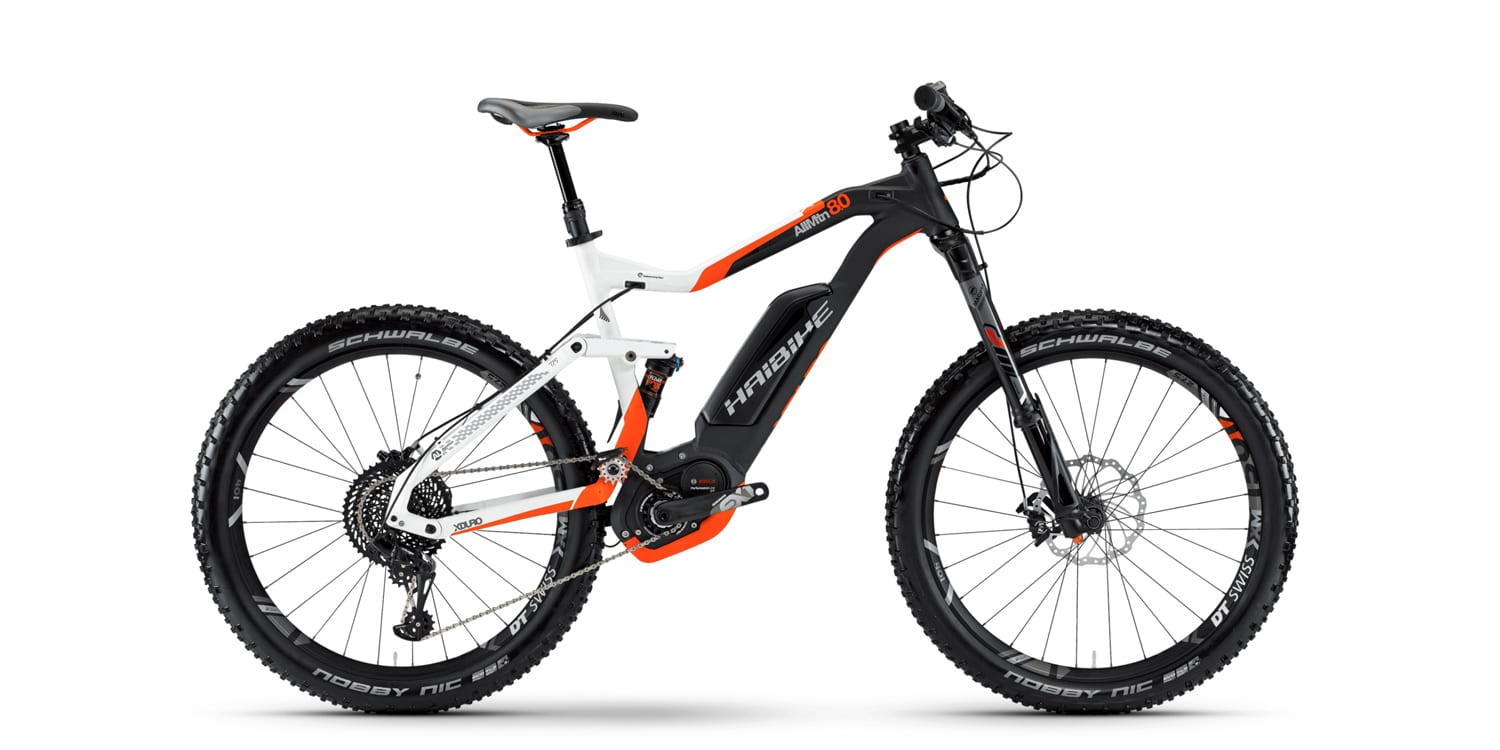
Richard Coers says
I put a small piece of 1/8″ thick adhesive backed foam on the flat riding surface of the kick stand. No more noise! Used to bug the hell out of me. 600 miles now, no other issues.
Court Rye says
Great tip Richard, thanks for sharing ;)
Adrian Young says
So how well does this bike hold up? Here I am at 2,300 miles and 13 months. I have cycled in downpours, this is Seattle! No major issues. No degradation of the battery that I can see.
That’s it. I bought it at the end of 2017, so got a nice deal, $3199. Things I added at the time:
In March 2018, I added:
**WARNING:** If you buy an electric bike, you will have to buy your wife/partner one too, otherwise you will be cycling on your own at the weekends. I got my wife a Cube Hybrid. She loves it. Again, last year model and last one in the shop – saved some $$$$. It tops out at 20 mph which is perfect for her, but she has 75 NM of torque vs. my 62 NM so on the hills, does a little better than me.
I should say that her battery failed on the third ride out, luckily on the drive way. Battery was replaced with new, no fighting Bosch or Seattle Bike on this. The replacement of course is missing the bike graphics that help is blend into the frame, kind of a bummer.
court says
Hi Adrian! Wonderful account and summary of upgrades. Thank you so much for sharing. I’m sorry to hear that your wife’s battery failed and you weren’t able to get a replacement with the same sticker design. For anyone else who encounters this… try removing the stickers carefully from the old pack before returning it. Some companies may provide additional stickers (I have heard of this in Germany) but it probably takes time and a lot of screwing around. All in all, it sounds like your bike is holding up very well and it made me smile to hear about all of the miles you put on and how you learned the fixes to keep it going. Ride safe out there, have fun with your partner :)
Jason says
Where is best place to get replacement batteries and motor?
Court says
Hmm, I’m not sure if Bosch sells their motors as an aftermarket replacement. I’d suggest finding a Haibike dealer and asking about the warranty or repair options. I do think that it’s possible to swap a motor… and most batteries are still for sale. Search online for Haibike dealers, try to find one nearby to visit if possible :)
jason Cheung says
ok, thanks